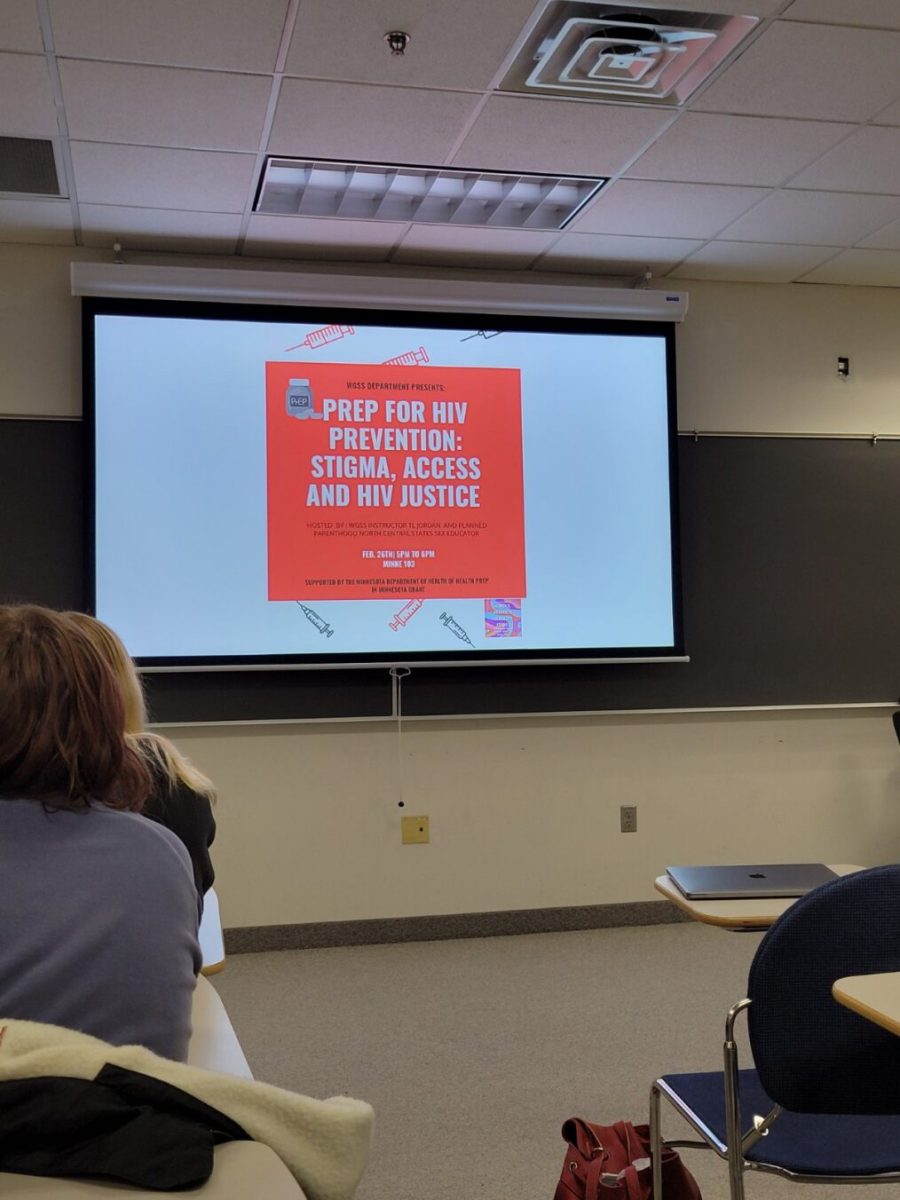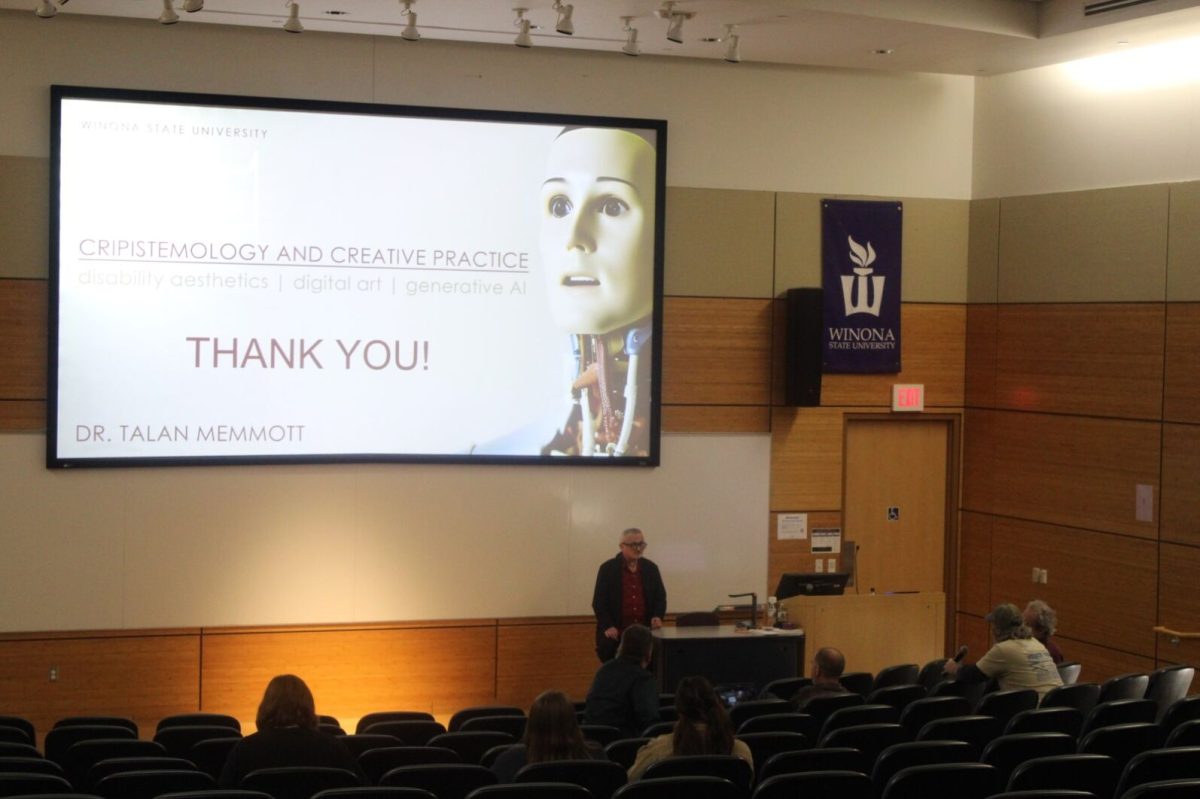Film in review: “Inside Man,” Spike Lee series
March 6, 2019
To celebrate the end of February’s “Resilience & Resistance: The Films of Spike Lee”—and also because there was nothing recent worth reviewing in town or on Netflix—it seems like this an ample opportunity to discuss the final film in the series, the 2006 heist film “Inside Man.”
“Inside Man” is a unique undertaking in Spike Lee’s pantheon of socially and culturally relevant films. Whereas many of them could be argued to be based partly on Lee’s life, or influenced by various factors from it, “Inside Man” is an entirely original concept. Not only that, it’s a rare work that wasn’t written by Lee himself.
The film follows Detectives Keith Frazier (Denzel Washington) and Bill Mitchell (Chiwetel Ejiofor) as they attempt to alleviate a hostage situation taking place in the midst of a bank robbery in New York City. In the mix of this fairly standard plot, Lee manages to incorporate his usual flair for racial commentary, albeit to a more subtle extent.
If it weren’t for the aforementioned series, I probably never would’ve experienced this film. This isn’t to imply that I had no interest in it or that Lee’s attachment to it drove me away from seeing it. More simply, I just had never heard of it before. It did, after all, come out when I was 12 and on the cusp of my gothic teenage years, so I wasn’t interested in movies about a bank robberies and hardworking detectives.
It’s clear from the get-go that 2006 Spike Lee has refined his craft while retaining much of what made him a success with his early films such as “She’s Gotta Have It,” “School Daze” and, obviously, “Do the Right Thing.” The camerawork is crisp and clean, with each shot gobbling up the mise en scène that New York City naturally demonstrates. Lee’s direction is sure-fire and absent of any adolescent misfires that weren’t uncommon in the former two films.
The strongest element in “Inside Man” is easily the dialogue, which shouldn’t come as a surprise when an actor like Denzel Washington is often given free-reign to improv many of his lines. While the film may be a crime drama, some lines remind the audience that this is very much a Spike Lee Joint, and he doesn’t want them to forget that.
Another strong element in the film is Chiwetel Ejiofor, who is perhaps known best to audiences for his Oscar-nominated performance in 2013’s “12 Years a Slave,” or for playing the supporting character Mordo in 2016’s “Doctor Strange.” Ejiofor and Washington complement each other like peanut butter and jelly, which makes for believable partners.
Had it not been for Washington’s star even back then, and Ejiofor’s promise before jumping into the mainstream, I would’ve thought these were two real detectives who just so happened to find themselves being filmed while dealing with a hostage situation.
The main problem with “Inside Man” is its commitment to the plot. While there are moments where Lee is able to insert his trademark commentary in the midst of the narrative, he isn’t given the freedom he is used to to let those commentaries flourish.
This also doesn’t allow for potential arcs where a particular prejudiced character gets their comeuppance or sees the error of their ways. This may have been by design on Lee’s end, but I feel a director such as himself doesn’t come on board just any film without wanting to send an important message.
“Inside Man” is entertaining, if not straightforward for a Spike Lee film. The performances are brilliant, the direction is a demonstration of Lee’s growth as a filmmaker and, despite what I said in the latter passage, the morsels of commentary we’re given stick with you even after the film has ended.
It’s a shame that this film isn’t talked about much anymore. If this review does anything, I hope it ignites an interest to go back and watch a gem from a period in time where films felt like they were being hashed out of conveyor belt. 4/5








































